The content of the article
Today, leading manufacturing companies produce many options for kitchen utensils, but not all appliances are of high quality. For example, Teflon pans, unlike ceramic pans, distribute heat unevenly. From here there are difficulties with cooking, often food burns. Ceramics, in turn, conduct heat efficiently over the entire surface. A negative characteristic of the material is considered to be rapid exposure to carbon formation. Utensils require delicate handling, which we will talk about today.
Features of the operation of a ceramic pan
- After purchasing the dishes do not rush to put it into operation. First, wash the pan with a foam sponge and a special gel, then dry with a lint-free cloth.
- When you decide to use the appliance for the first time, do not pour a lot of vegetable oil. It is enough to moisten a silicone brush in it, and then lubricate the working surface.
- The main operating condition is considered careful handling. Never expose ceramics to sudden changes in temperature. Immediately after cooking, allow the pan to cool or fill it with water of the appropriate temperature.
- During cooking, do not mix the components with an iron spatula. For these purposes, use a bamboo, silicone, wooden or nylon spoon. Otherwise, you will permanently ruin the work surface.
- When caring for ceramics, it is strictly forbidden to use chlorine-containing preparations, alkaline compositions, as well as products with abrasive particles of any size.
- After cooking, do not set the pan aside. Moisten a soft sponge or a gauze cloth folded in several layers in hot water, gently wipe the coating. Such a move will prevent further formation of soot.
- If you are careful about the dishes, then after completing the cooking procedures, soak the pan with hot water and a cleansing gel. Leave on for 30–45 minutes, then wash in the usual way. Always wipe the kitchen utensils with a soft cloth after rinsing.
Effective ways to remove carbon deposits
The technique for cleaning carbon deposits from ceramic surfaces is directly related to the degree of contamination. Choose the appropriate option, then clearly follow the instructions.
Method number 1. Vodka
- If the ceramic coating is not too dirty, try wiping it with vodka or ethyl (medical) alcohol. To carry out the manipulations, moisten the cosmetic sponge as part of the composition, begin to wipe away the soot.
- For convenience, you can use a foam sponge or a bandage folded in 5 layers, it all depends on the devices at hand. If the material is contaminated, replace it with a new one or remove the cinder with water.
- After the procedure, rinse the pan with warm water, wash with a dishwashing liquid. Do not forget to wipe the inside dry.
Method number 2. Laundry soap and soda
- Prepare enameled dishes of such a size that a pan fits in it. Pour hot water into the pan, filling the cavity by 70%.
- Put the container on the stove, bring to a boil. Grate a half of the bar of laundry soap until fine chips, send inside. Stir until dissolved, pour 135 g. drinking soda.
- Boil the solution until it is homogeneous. Next, put the pan inside, turn down the heat to the minimum mark. Boil the dishes for 1.5 hours, then rinse with hot water.
Method number 3. Glue and dishwashing liquid
- The technique is rightfully considered the most extreme, so many housewives are afraid to use it.To prepare the composition, prepare 60 ml. silicate glue, 260 gr. iodized salt, 150 ml. detergents for washing dishes or household appliances (free of chlorine and alkali).
- Prepare an old pot that is not a pity to spoil. Pour into it 5-6 liters. water, bring to a boil, add the cooked product. Reduce the burner to a minimum, lower the pan inward. Boil for about 3 hours, the duration depends on the thickness of the deposit.
- After completing the manipulations, turn off the stove. Leave the ceramic pan in solution until the liquid cools. Next, clean the exfoliated carbon deposits with a strong stream of warm water, a soft sponge or gauze.
Method number 4. Vinegar solution
- Vinegar is a composition with a concentration of 6-9%, no more. You can use both table and apple, wine product. To prepare an effective cleanser, dilute vinegar with water in a ratio of 1: 1.5.
- Pour the composition into the pan, put the dishes on a slow fire. Boil the liquid for at least 2.5 hours, after the procedure, leave the product to cool completely. Remove carbon deposits with a foam sponge and dishwashing liquid.
- If it is necessary to clean the outside, proceed differently. Pour the solution into a wide dish, place a frying pan in it and put on fire. The duration of longing remains unchanged.
Method number 5. Activated carbon
- Take 20-25 tablets of coal, mash it into powder in a convenient way. You can use a blender, a garlic press or a potato pestle.
- Rinse the pan with water, pour the detergent on the surface with soot. Rub the gel in an even layer, sprinkle with activated charcoal.
- Wait 45-60 minutes. After the set time, rub the dirt with a sponge or gauze. Repeat if necessary.
It is easy to clean the ceramic pan from carbon deposits, following the step by step instructions. If the spots are small, remove them in a timely manner. For these purposes, you can use "Fairy", "Eared nanny" or "Comet", the above funds perfectly dissolve fat and any neoplasms.
Video: how to clean the pan from soot without chemistry

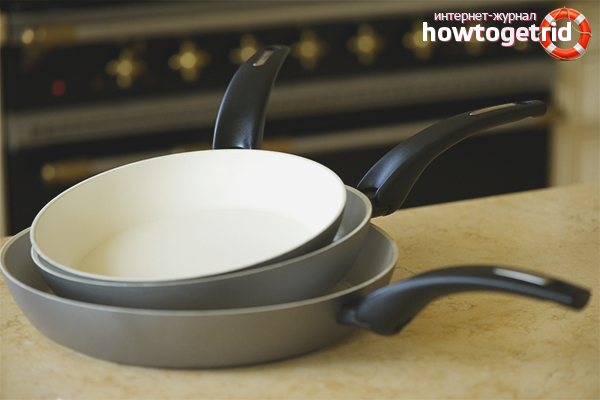
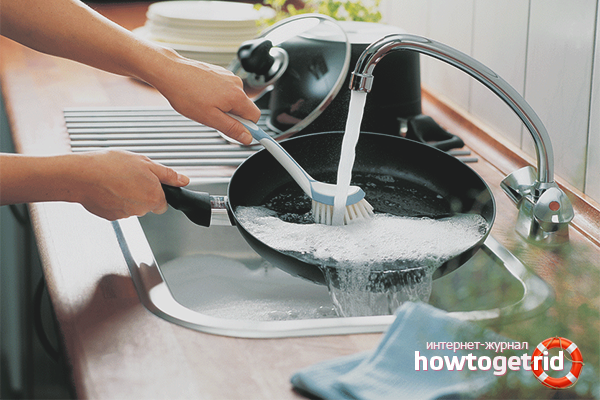

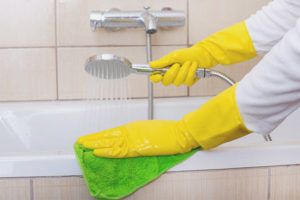
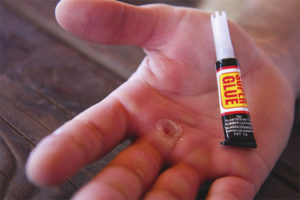
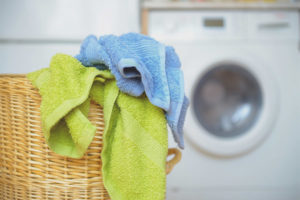
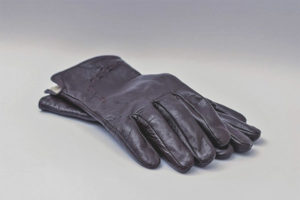


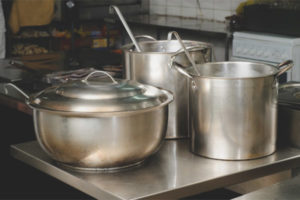
Submit